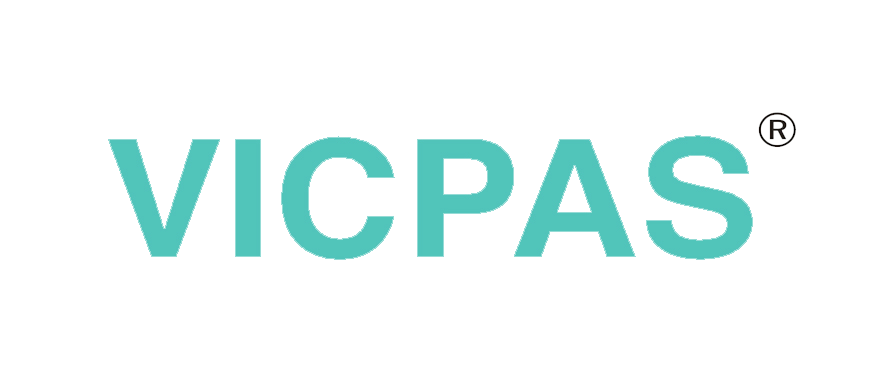What to Expect this Year from the Tablet Market
What to Expect this Year from the Tablet Market
Will tablets cannibalize the notebook and mini-note PC markets?
Basically, yes, tablets will cannibalize notebook and mini-note PCs but to a modest degree. However, given the declining prices of notebooks in most cases, tablets will likely just delay purchases. Especially as notebooks continue to evolve and enable a slew of new features some of which will be influenced by tablets. At the end of the day, the bigger story is that tablets will increase the overall mobile PC market. The mobile PC market includes all notebooks, mini-notes (netbooks), and tablet PCs.
Tablets enable what we call convenience computing, which essentially brings compute closer to the consumer. The instant on, long battery life and extreme portability of tablets make them easy and more likely to use than a notebook. Notebooks enable performance computing, meaning they are a general purpose capable of everything compute experience. Convenience and performance computing platforms are going to co-exist.
In mature markets, where notebook penetration rates are high and shipment growth is expected to be in the single-digit range through 2015, tablet adoption is expected to increase. Consumers have their performance PCs, now they’re looking for something that’s more convenient to use. In emerging markets, where notebook penetration rates are low, most PC sales will come from first-time buyers who are looking for maximum performance and features that they can afford. Regions like Asia, and specifically China, desire upgradeable and configurable computing devices, which tablets cannot satisfy. Notebook PCs will be preferred over tablets.
These regional differences are creating a larger overall opportunity for mobile PCs, and tablets will play a crucial role in growing that opportunity. The industry is responding to this new category by dedicating specific resources to better distinguish the blurring lines of device categorization. For example, the latest financial results for Apple, the leading tablet maker in the market, indicate limited-to-no cannibalization. Apple’s notebook sales grew 53% Y/Y, reaching 2.8 million units, while they shipped 4.7 million iPads and are the market leader.
Cannibalization will be most noticeable in mini-note shipments in mature markets first, and then it will eventually increase in emerging markets. However, this is less of a concern in the long-term since shipment volumes of mini-notes have been declining in mature markets. This decline is mainly due to the diminishing differentiation in price and portability between the two applications. Notebook PCs have declined in price, to the point where opening price points (OPPs) overlap mini-notes, and notebook designs, in general, are thinner and sleeker than before. In emerging markets, mini-notes will continue to ship in healthy numbers through 2014.
Basically, tablets are complementary computing devices that are suitable in mature markets, but emerging markets still have an appetite for primary computing devices, such as notebook PCs.
Who is best positioned to develop an iPad competitor?
This is a difficult question to answer because the iPad has comprehensive advantages. The iPad benefits from being part of a family of connected devices established by Apple, which includes tight hardware and software integration, a unique retail experience designed to highlight and promote Apple’s products (i.e. Apple stores), and a head start as the innovator of the market.
We believe that the iPad will be the market leader in terms of shipments in the tablet market for at least the next two years. The following factors play into this projection:
- There will be a number of devices competing against the iPad in the coming months. These new devices will fight for a share of the market by competing in areas of price and marketing.
- Not only will emerging players be competing for consumers, they will also be competing for developers. Developers are viewed as commodities that will help emerging platforms build a differentiated experience over the long-term.
- These emerging players will also be competing for shelf space with the same retailers who will have to learn how to promote each product.
- Emerging players will constantly be compared to the iPad, and any difference from the iPad will be magnified.
- There is potential for considerable software compatibility confusion between the several OS options (like Android, iOS, QNX, webOS, and Windows) that will be available. A popular application on one platform will take time to be ported to another, and consumers may not understand cross platform incompatibility issues.
Finally, let’s not forget that most devices have not been released yet, making it difficult to accurately compare them to the iPad. That said, HP’s TouchPad seems to be the early favorite. This statement is based on what has been demonstrated, the amount invested in the product, the size and reach of HP, and the products visibility.
Are tablets the next mini-notes/netbooks?
Mini-note growth was fast when they were first introduced in 2008. However, since then shipment growth and volume of mini-notes have slowed, and are now in decline. Growth was rapid initially because mini-notes were inexpensive and more portable than notebooks. However, little else differentiated them. Outside of the processor and screen size, the same components in a mini-note could be used in a notebook. Since then, prices for notebooks have come down to mini-note levels, around $300. Additionally, notebook designs are getting thinner and sleeker, and while they are not as portable or small as mini-notes, notebooks are becoming lighter and less burdensome to carry.
Tablets are a different device category compared to notebooks. The original idea around the mini-note was to be a device that filled a gap between a smart phone and a notebook. Mini-notes did that, but were more on the notebook side of the spectrum. Meaning, mini-notes have similar boot up times, run the same applications, and have similar battery life times as notebooks. Tablets are more on the smart phone side of the spectrum. They are instant on, last for days on a single charge, and have applications that are generally more focused on specific tasks/functions. Additionally, they appeal to a different set of users, those looking for a computing experience that is more mobile and based on convenience rather than performance.
What screen size trends do you see coming from tablets?
With Apple’s choice of 9.7” and HP’s recent announcement that their TouchPad would similarly be based on the 9.7” screen size, 9.7” is expected to remain the top screen size in the tablet category. With RIM, Dell, and Samsung having released 7” devices, we also expect 7” to be a popular screen size. However, 10.1” will likely follow 9.7” in terms of volume with the likes of Motorola, Samsung, Dell, Asus, and having release 10.1” devices.
What’s your forecast and what are potential inhibitors and catalysts for the market?
For the year, 52.4 million tablets are expected to ship worldwide. Tablet shipments are forecasted to reach 181.7 million units by 2014.
Potential inhibitors in the short-term include market confusion in differentiating between a tablet and a notebook, retail sales channel strategies, many apps have software bugs and lead to a poor user experience, component supply issues, and delays in availability which lead to missed holiday season opportunities. Catalysts include cellular carrier flexibility in service plan pricing, development of a telco retail sales channel, new services and apps promoting greater mobility of tablets, and improvements in video conferencing technology.


